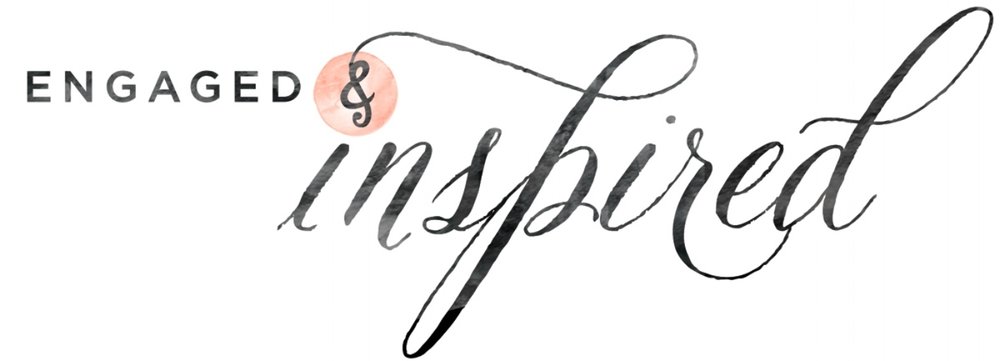First of all, I want to say how ecstatic I am to be back blogging for E&I. I had so much fun doing this when I was planning my own wedding last year. It’s great to be back now as both a married woman and a member of the wedding industry!
When it comes to selecting your invitations, searching for designs and inspiration is a lot of fun. There are so many creative people out there who have created GORGEOUS designs in a million different styles.
While choosing your design might be the easy part, figuring out all the logistics and options for printing and production can get a little tricky. I'm here to share with you some different printing options, their pros and cons and everything you need to know before "hitting print" (figuratively speaking, of course). Full disclosure: I'm a designer and, while I do have an education in printing, I am not a printer. I have exposure to many forms of printing but always work closely with the experts and rely on their knowledge on specific projects.
Today I'm going to start with some high-end printing methods: foil stamping and letterpress (and a fun star and moon suite to show you just what I'm talking about).

Letterpress is a very popular method these days and rightfully so. The deep impressions in the paper are created by real craftspeople and have a timeless look with a lot of texture and personality in each piece. You really can't go wrong with a letterpressed invitation; however there are some limitations.
The biggest limiting factors are actually closely related: the number of ink colors and the price. Your invitation is going through the press one time for each color that is printed. There is one big roller that inks the printing plates (the things that make the actual printing impression). So for each additional color you have in your invitation, the time and labor required to print it increases and therefore the cost is going to go up. Most letterpress designs have 1 to 3 colors (though more is certainly possible if you have the budget for it). The graphics will usually be pretty simple with no shading or small details. So if you have your heart set on a vintage postcard or are using an engagement photo, letterpress isn't the way to go.

Foil stamping is also a popular—and really stunning—option. Foil stamping is one of the best ways to achieve a metallic, shiny finish. It is also a great technique for printing white on to a dark, colored paper. I've used both white and metallic foil on this celestial invitation. Foil stamping also uses a big die to make its impressions, so you’ll have similar limitations as letterpress, such as fairly simple designs and few colors.


While letterpress and foil stamping are total show-stoppers for an invitation suite or other paper goods, they can be quite expensive. For this suite, I combined both printing methods with some lower cost printing techniques and added some DIY embellishments.
I definitely think it is worthwhile to invest in some fabulous printing for your invitation. However, since RSVPs get mailed back to you and details cards often get stuffed in to bags when your guests are traveling to your wedding, letterpressing or foil stamping your invitation and flat printing the other pieces in your suite can be a great option. To get a few extra metallic touches on the flat printed designs, I hand drew them in with a shiny gold pen (gel pens are great, as are liquid gold leaf pens). Other touches to your suite, such as lining the envelopes or using metallic script for the addresses, can make your invitation look really special without breaking the bank.










When it comes to printing, costs can vary significantly. Letterpress and foil stamping make a huge statement and are definitely worth the cost if you can afford it. But remember that there are lots of ways to make a big impact with your invitation suite no matter what your budget is. Check back next week for some budget friendly invitation printing ideas.
Photograher: Lili Durkin | Invitation Design: Bright Room Studio


























































































 Source:
Source: 


 Sources:
Sources: 
 Source:
Source: 












































